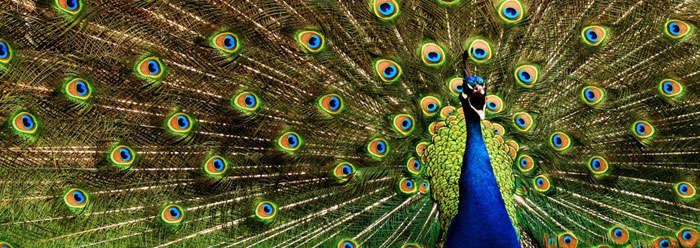To produce offspring, males and females contribute specialized reproductive cells called gametes--sperm cells from males and eggs from females. Most genes used to manufacture gametes differ from organism to organism. Scientists were surprised, therefore, by a recent study showing that, in spite of those differences, one gene in particular was present in all the animals surveyed.
Since it codes for the protein Boule, the gene is also named Boule. The researchers performed a "knock-out" procedure, disabling Boule in mice. This rendered the males infertile. Fruit flies likewise become infertile when this gene is inactivated. In a separate study, other researchers replaced fruit fly Boule with human Boule, and the gene worked fine in the flies. Thus, "Boule is essential for male fertility," because without it, sperm do not develop.1
By far, most genes involved in gamete formation are particular to each separate kind of animal, and only "a small handful" of genes were found in common among animals of different phyla.2 Presuming that the many different genes used during gamete formation among differing kinds of animals came about naturally, not supernaturally, the scientists speculated that those gamete-forming genes that animals do not share arose "as a result of adaptive evolution" through "selective pressure."1
But if Darwinian natural selection explains how the many different genes arose, then how did the common Boule gene come about?
The researchers stated, "We have shown that Boule proteins have resisted sexual selective pressure, and instead evolved under purifying selection."1
In this case, what is the difference between "adaptive evolution," "selective pressure," "purifying selection," and magic?
No experiment was conducted to test whether natural selection had actually generated a single differing gene from among those examined. Nor did any experiment show the transfer of Boule from one kind of animal as it evolved into another. Further, no fundamental principle was offered to explain why most core gamete-forming genes would evolve into completely different forms, while Boule remained untouched by supposed hundreds of millions of years of evolution.
None of the authors' appeals to various flavors of "selection" were experimentally verified. In fact, since some version of it was used to explain disparate effects, it looks like selection was tossed into the discussion purely based on faith--and in the face of contradictory evidence.
In this case, "selection" doesn't really explain anything. It's just technical-sounding "hand-waving" that ignores real mechanisms of biological change.
There is a solid reason why these creatures present their particular gamete-forming genes. It is also a faith position, of necessity since this is a historical question, but is a more reasonable conclusion. It appears that each creature was fashioned by a Creator who knew exactly what genes would not only work, but also work together in various combinations to ensure that each animal kind would multiply according to its own distinct form.
References
- Shah, C. et al. 2010. Widespread Presence of Human BOULE Homologs among Animals and Conservation of Their Ancient Reproductive Function. PLoS Genetics. 6 (7): e1001022.
- Phyla are broad, man-made categories of living things that include creatures that share basic body plan features.
* Mr. Thomas is Science Writer at the Institute for Creation Research.
Article posted on August 3, 2010.




















